What Means Brain Hematoma
A hematoma is an abnormal pooling of blood that results from a broken or ruptured blood vessel. Brain hematoma can occur in any part of the brain and based on the location it can be classified.
Subdural Hematoma Types Symptoms Treatments Prevention
The brain has three membranes layers or coverings called meninges that lay between the bony skull and the actual brain tissue.

What means brain hematoma. An intracranial hematoma is a collection of blood within the skull. A subdural hematoma is a type of bleed inside your head. Subdural hematoma is bleeding between the inner and middle layers of the tissues wrapping the brain.
A hemorrhage is profuse bleeding from a ruptured blood vessel or copious blood loss. Bleed next to brain. They usually result from a head injury.
This generally occurs when a blood vessel ruptures allowing the blood to escape and pool in a certain area. Or sudden tingling weakness numbness or paralysis of face arm or leg. A hematoma under the nail.
A hematoma is localized bleeding outside of blood vessels. We commonly refer to them as bruises but bruising in and around the brain can be life threatening. It develops from the embryonic neural tube.
Pooled blood from a bleed can also collect into a mass known as a hematoma. Intracerebral hematomas occur within the brain tissue itself. Find out more signs and symptoms of intracranial hematoma.
Blood builds up between the brain and the brains tough outer lining. A bruise also called contusion is an example of a type of mild hematoma. A subdural hematoma occurs when a blood vessel near the surface of the brain bursts.
The condition is also called a subdural hemorrhage. A hematoma between the brain tissue and the inside lining of the brain. Hematomas are more serious than simple bruises.
The space located between the dura mater the outermost of the three membranes covering the brain and spinal cord is known as subdural space. A subdural hematoma occurs when blood collects on your brains surface beneath the skull. A hematoma is an area of blood that collects outside of the larger blood vessels.
Scalp hematomas occur on the outside of the skull and often can be felt as a bump on the head. The bleeding of an artery or vein in the brain tissue is known as intracerebal hematoma. Brain Bleed Hemorrhage Intracranial Hemorrhage Brain bleeds bleeding between the brain tissue and skull or within the brain tissue itself can cause brain damage and be life-threatening.
It can be secondary to trauma or occur spontaneo. A subdural hematoma is a type of brain bleed. It can be secondary to trauma or occur spontaneo.
They can occur anywhere in the body and vary in severity depending on the nature of the injury. A hematoma is a collection of blood outside the blood vessels. Although the hematoma and bruising are on the outside of the brain and cannot create any pressure or problems in the skull it is still a strong indication that there has been some head trauma that needs to be investigated and treated.
Theyre usually caused by serious head injuries. In a subdural hematoma blood collects immediately beneath the dura mater. The term hematoma describes an area of blood that collects outside of the larger blood vessels.
More precisely it is a type of bleed that occurs within the skull of head but outside the actual brain tissue. A hematoma between the skull and the outside lining of the brain. An intracranial hematoma is a serious possibly life-threatening complication of head trauma.
The brain is a mass of soft spongy pinkish gray nerve tissue that weighs about 12 kg in a human being. A hematoma between spinal vertebrae and the outside lining of the spinal cord. A subdural hematoma is a collection of blood outside the brain.
The blood collection can be within the brain tissue or underneath the skull pressing on the brain. A lack of oxygen in the brain can lead to swelling or cerebral edema. Some symptoms include headache.
Intracerebral hematomas may be due to bleeding from uncontrolled high blood pressure an aneurysm leak or rupture trauma tumor or stroke. What is subdural hematoma. It is connected at.
Brain brān that part of the central nervous system contained within the cranium comprising the forebrain prosencephalon midbrain mesencephalon and hindbrain rhombencephalon. Subdural hematomas can be life-threatening. Bleeding and added pressure on the brain from a subdural hematoma can be.
The most common symptoms are pain and swelling. Its most commonly caused by the rupture of a blood vessel within the brain or from trauma such as a car accident or fall. Blood leaks out of a blood vessel into the space below the outermost membrane of the brain -- the dura mater.
Subdural Hematoma Baby Symptoms Definition Description Demographics Causes And Symptoms Diagnosis
 Ct Brain Hemorrhage Startradiology
Ct Brain Hemorrhage Startradiology
Www Leedsneurosurgery Com Patient Information Chronic Subdural Haematoma
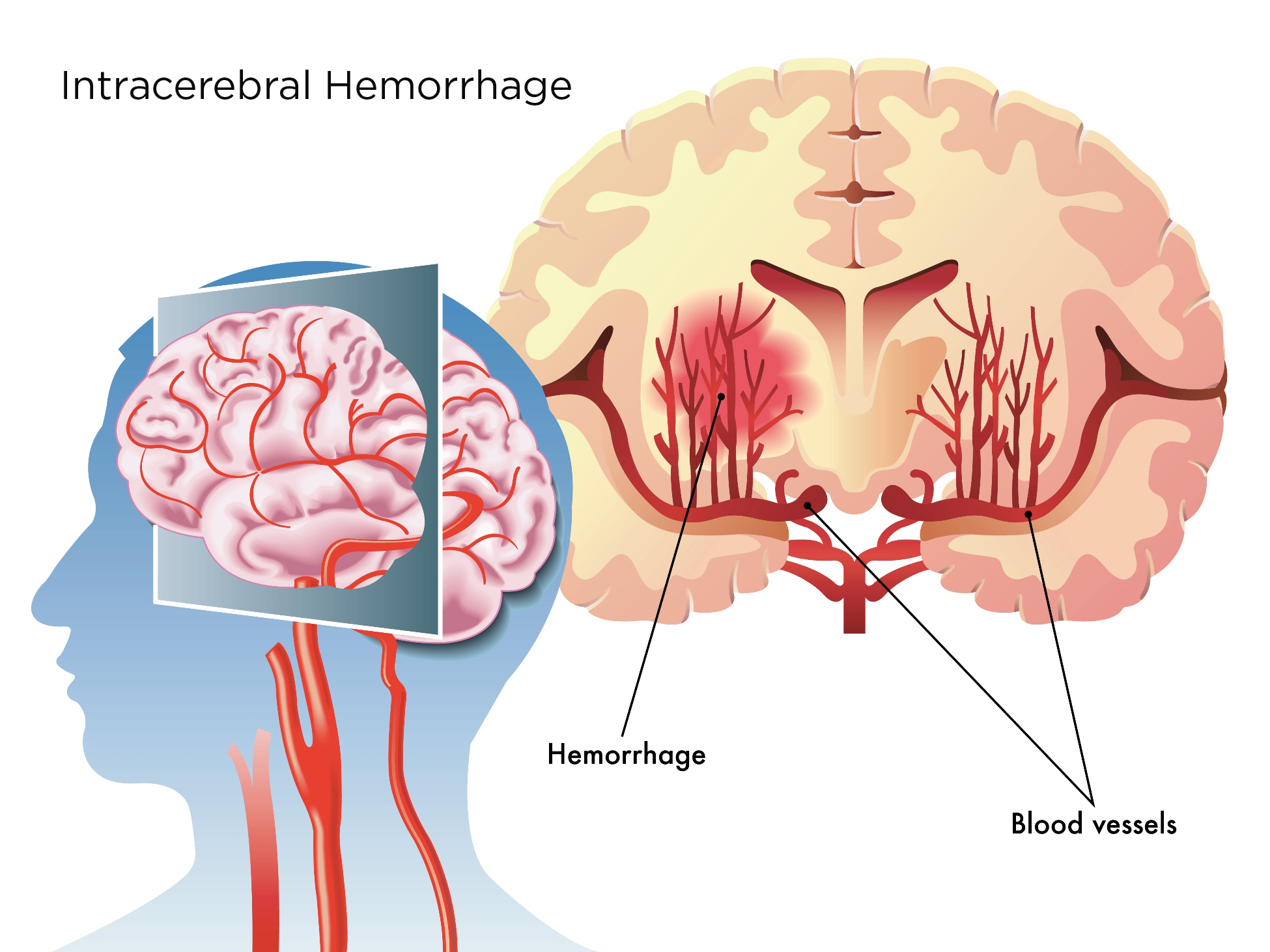 Intracerebral Hemorrhage Symptoms Treatment Pacific Stroke Neurovascular Center
Intracerebral Hemorrhage Symptoms Treatment Pacific Stroke Neurovascular Center
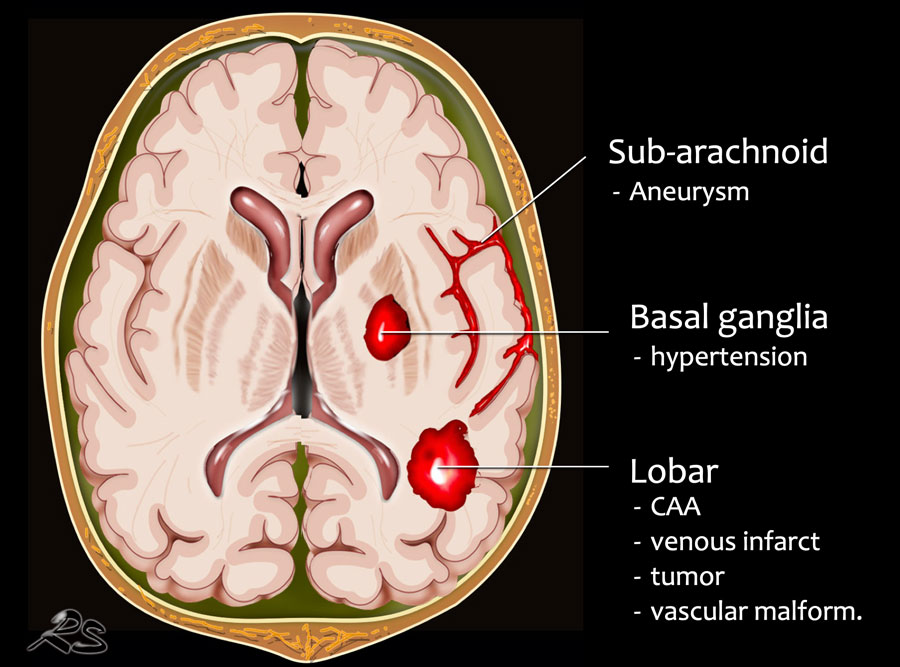 The Radiology Assistant Non Traumatic Intracranial Hemorrhage
The Radiology Assistant Non Traumatic Intracranial Hemorrhage
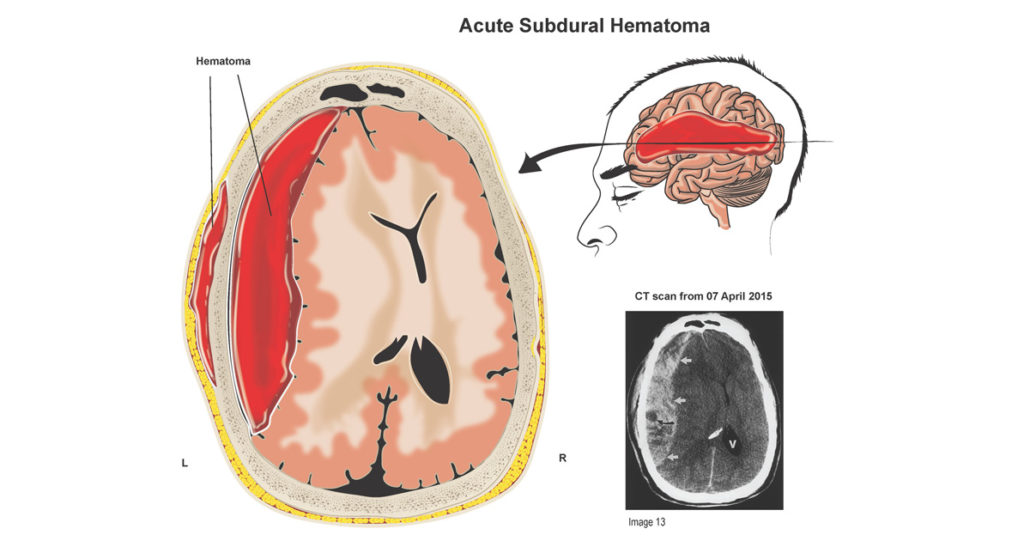 Subdural Hematoma Top Neuro Docs
Subdural Hematoma Top Neuro Docs
 The Radiology Assistant Traumatic Intracranial Hemorrhage
The Radiology Assistant Traumatic Intracranial Hemorrhage
 Definition Of Extracranial Hematoma
Definition Of Extracranial Hematoma
 Subarachnoid Hemorrhage In Newborns Reiter Walsh
Subarachnoid Hemorrhage In Newborns Reiter Walsh
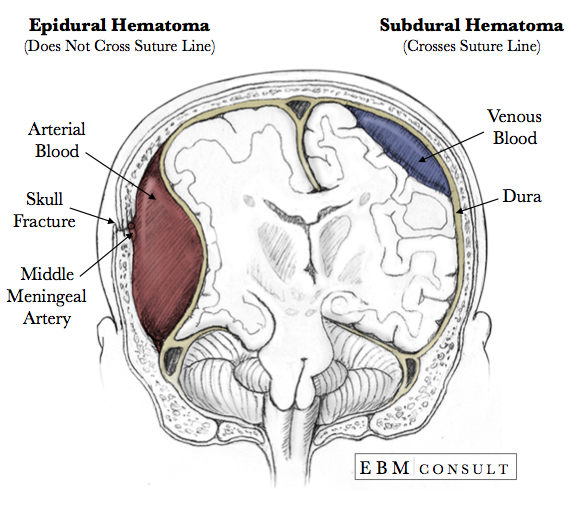 Anatomy Epidural Vs Subdural Hematoma Image
Anatomy Epidural Vs Subdural Hematoma Image
 The Radiology Assistant Traumatic Intracranial Hemorrhage
The Radiology Assistant Traumatic Intracranial Hemorrhage
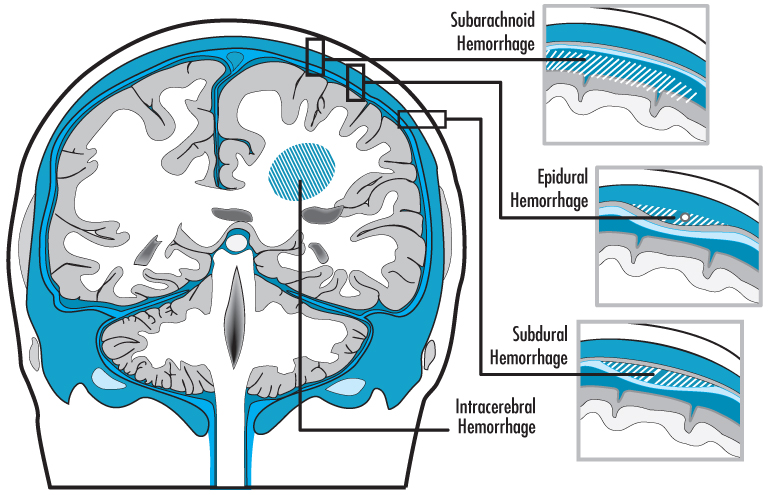 Traumatic Brain Injuries And Hematomas
Traumatic Brain Injuries And Hematomas
 Newborn Subgaleal Hematoma And Medical Malpractice
Newborn Subgaleal Hematoma And Medical Malpractice
 Subdural Hemorrhage Radiology Reference Article Radiopaedia Org
Subdural Hemorrhage Radiology Reference Article Radiopaedia Org
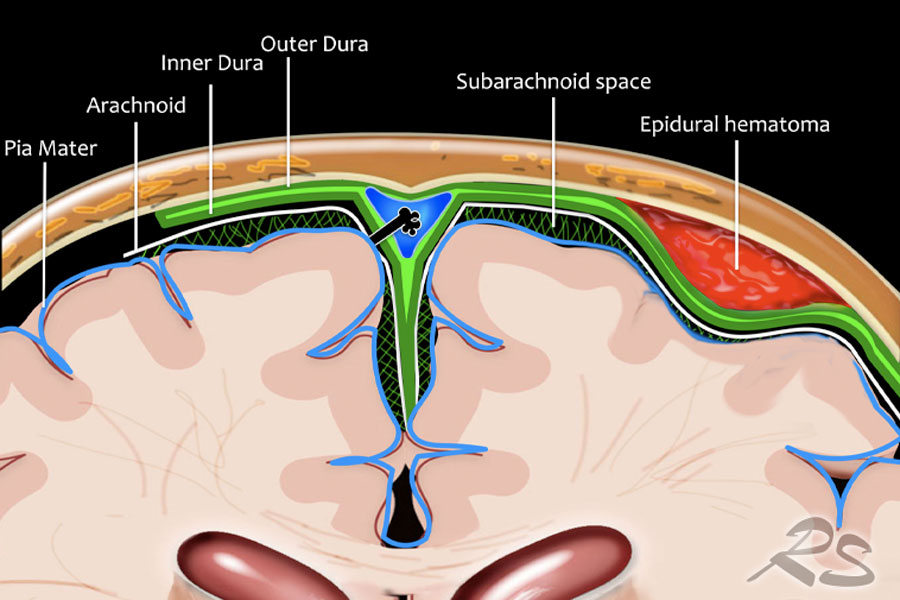 The Radiology Assistant Traumatic Intracranial Hemorrhage
The Radiology Assistant Traumatic Intracranial Hemorrhage
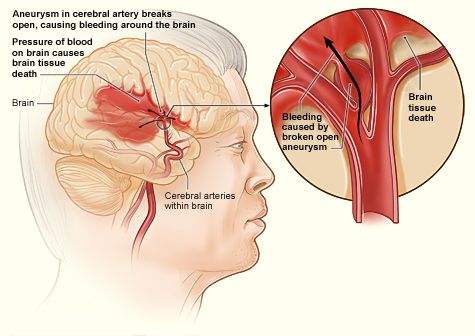 Hemorrhagic Stroke Intracerebral Hemorrhage Physiopedia
Hemorrhagic Stroke Intracerebral Hemorrhage Physiopedia


